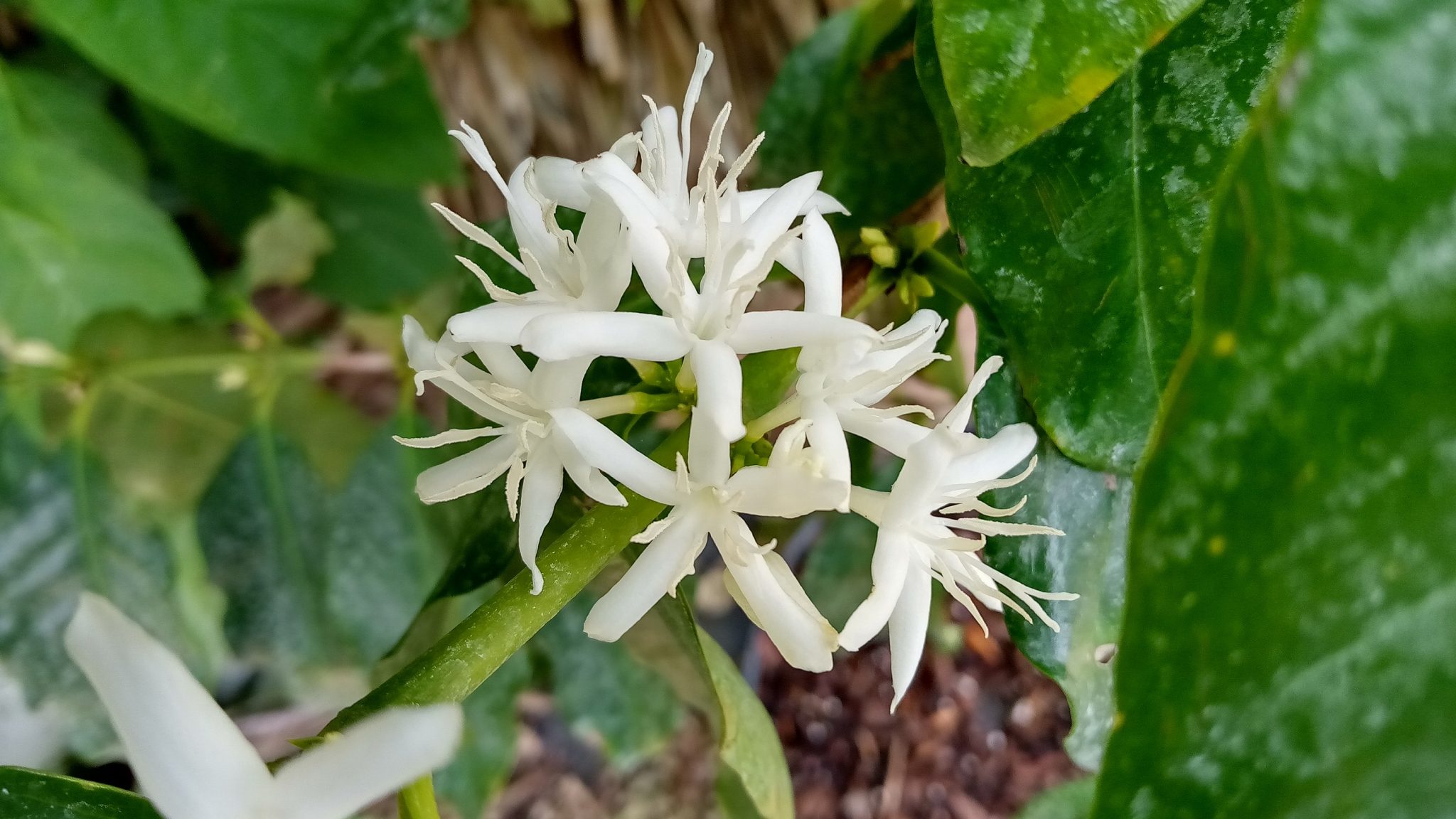Summer Over?
Charles Whited was the longtime local columnist for The Miami Herald. One of the best pieces of advice he provided to recent arrivals in southern Florida was to appreciate subtleties in the climate. Because annual temperatures here don’t vary as much as those in the rest of the U.S., Whited recommended appreciating even the slightest breaks in the weather.
With that thought in mind, the staff of Richard Lyons’ Nursery made a happy discovery while perusing online weather statistics recently: Winter is on the way! According to the source, the peak daily temperature range in eastern Miami-Dade County is 78-91 degrees from July 10 to August 27. That means that on August 28 we began to cool off, at least statistically. And this is where Whited’s counsel must be heeded. By the end of September, the daily temperatures ‘plummet’ only to a range of 76-88 degrees. Subtle indeed! But the seasoned southern Floridian can feel the difference.
Plants feel the difference, too, but not always in a positive way. In order to keep your landscape in top shape, you should not let down your guard as we transition, however slowly, into more pleasant weather. It may seem counter-intuitive, but the period of hottest, steamiest weather does not necessarily give rise to fungal or bacterial problems in plants. Rather, it is during the weeks when nighttime temperatures are retreating that leaf-spot problems can proliferate. Though the nights may be cooler, humidity remains high, and that combination can start serious problems in many of your tropical plants.
So we suggest that you inspect your landscape regularly during the upcoming months for signs of leaf-spot disease. There is a vast selection of chemicals on the market that can help you stave off serious problems. Be sure to read and follow label directions carefully. Some products require a second application 7-10 days after the first, but others remain effective for 30 days between treatments. Finally, rinse your pump sprayer thoroughly after every use in order to keep chemical residues from building up in the tank, hose, or wand.
